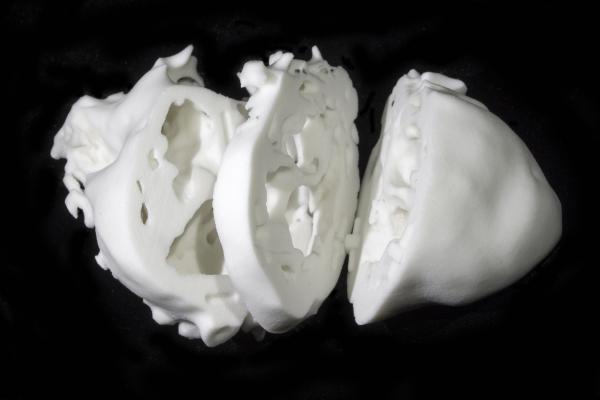An entry published in the International Journal of Cardiology explored the many recent applications of 3D printing technology in the treatment of heart-related diseases and surgeries. The article, published earlier this month, highlighted several case studies over recent years in which 3D printing, scanning and bioprinting technology led doctors and surgeons toward innovative solutions and treatment options.
Saving time, money and lives
A patient at HCG Cancer Hospital in India recently received revolutionary treatment on a cancerous tumor thanks to a color-coded 3D print of the affected area, which allowed his surgical team to map out an appropriate course of removal like never before. However, as is often the case with cardiovascular issues, using certain technology in this capacity has proven risky and complex. Thankfully, 3d printing technologies offer unprecedented customization capabilities (allowing doctors to create specific solutions that benefit the needs of each patient) and saves them precious, life-saving moments. When outlining the benefits of the technology in the field, researchers said:
“3D-printed models accurately replicate patient’s cardiovascular tissues, allow for instant visualization of cardiovascular malformations, and contribute to precise decision-making in the prevention of cardiovascular diseases […] Taken together, patient-specific 3D models facilitate surgical simulations, optimize surgical plans, simplify treatment procedures, shorten operative time, enhance success rate, and reduce surgical risks and complications.”
Giving doctors new perspectives
Furthermore, also in India, a 3D printed heart model helped doctors to perform complex heart surgery on an 11-month-old a year ago. The model – which only took two days to print and cost the family nothing – is yet another remarkable example of the opportunities afforded when doctors are able to hold and examine physical representations of organs that are normally confined within the body. As evidenced in this case, and in the International Journal of Cardiology, 3D technologies are already having a great impact in this specific medical field:
“In theory, comprehensive 3D imaging technologies, advanced Bio-3D printers, autologous human cells, and available hydrogels are essential to construct arteries, valves, myocardia, and even hearts. Bio-3D-printed cardiovascular tissues with rational bio-activity and bio-compatibility would substantially improve personalized medical care when transplanted in human bodies, potentially optimizing treatments…”
Still more to come
Among its many applications, the use of 3D printing technology in the medical field is arguably one of the most revolutionary ways to employ it. There is no doubt that groundbreaking processes enabled by the technology are reshaping the field for the better and we’ll surely be seeing even more novel procedures in the very near future.




